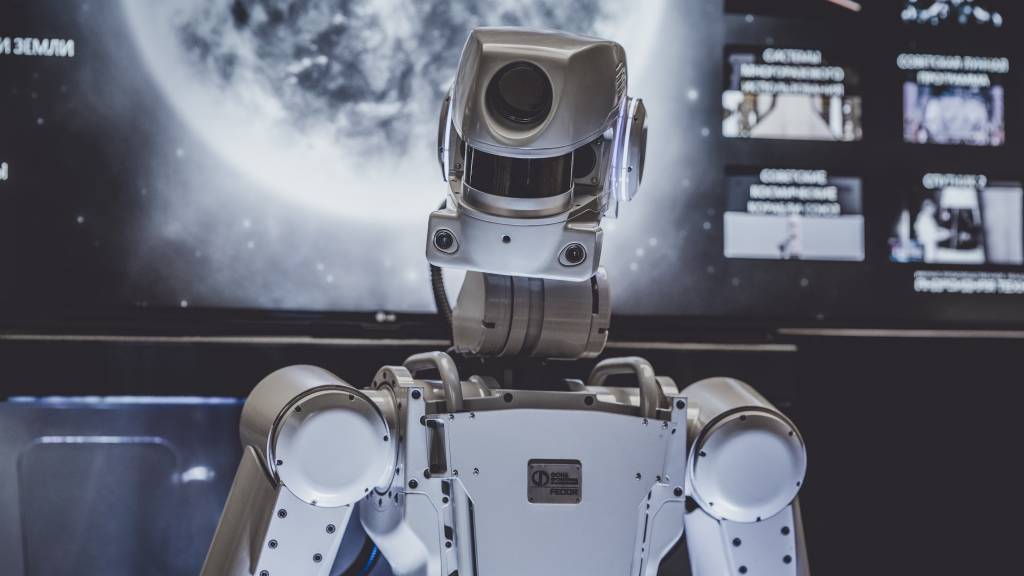Understanding Machine Learning: From Theory to Algorithms.
- by Mike Groenen
- 2023-02-22
- 1809 views
- Reading time: 4 minutes

Machine learning is a rapidly growing field that has revolutionized the way we approach data analysis and problem-solving. It is a type of artificial intelligence that enables computers to learn and improve on their own without being explicitly programmed.
Machine learning algorithms use data and mathematical models to identify patterns and make predictions. They learn from this data and use it to improve their performance over time.
There are several different types of machine learning algorithms, including supervised learning, unsupervised learning, and reinforcement learning. Supervised learning algorithms are trained on a labeled dataset, where the outcome variable is known. Unsupervised learning algorithms, on the other hand, are trained on an unlabeled dataset, where the outcome variable is unknown. Reinforcement learning algorithms are trained through trial and error, where the algorithm learns from the consequences of its actions.
One of the main advantages of machine learning is its ability to process and analyze large amounts of data quickly and accurately. This has led to the development of new technologies, such as autonomous vehicles, speech recognition, and personalized recommendations.
Another advantage of machine learning is that it can help to uncover hidden insights and patterns in data that would otherwise be difficult to detect. For example, it can be used to identify fraud in financial transactions, or to analyze patient data in healthcare to improve treatment outcomes.
However, there are also potential drawbacks to machine learning, including the risk of algorithmic bias and the difficulty of interpreting the results. It is important to carefully evaluate the data and models used in machine learning to ensure that the results are accurate and unbiased.
In conclusion, machine learning has already had a significant impact on many industries, and its potential for future growth and innovation is enormous. By leveraging this technology, businesses and individuals can gain valuable insights and make data-driven decisions that can improve their performance and lead to greater success.
10 tips for machine learning
-
Start with a clear problem statement: Before diving into machine learning, make sure you have a clear understanding of the problem you are trying to solve.
-
Gather and clean your data: The quality of your data is critical to the success of your machine learning model. Clean and prepare your data carefully to ensure that it is accurate and useful.
-
Choose the right algorithm: There are many different types of machine learning algorithms, and choosing the right one is essential to getting the best results. Consider factors such as the size of your dataset, the complexity of your problem, and the type of data you are working with.
-
Use cross-validation to test your model: Cross-validation is a technique that helps to ensure that your model is robust and generalizable. Use cross-validation to test your model and make sure it is working well.
-
Fine-tune your model: Once you have a working model, use techniques such as feature selection and hyperparameter tuning to fine-tune its performance.
-
Avoid overfitting: Overfitting is when a model is too closely fit to the training data and fails to generalize well to new data. Avoid overfitting by using techniques such as regularization and cross-validation.
-
Monitor your model's performance: Regularly evaluate your model's performance to make sure it is still working well and making accurate predictions.
-
Continuously learn: Machine learning is an evolving field, and it is important to stay up-to-date with the latest techniques and tools. Attend conferences, read papers, and engage in online communities to continue your learning and development.
-
Collaborate with others: Collaborate with other machine learning experts, data scientists, and domain experts to ensure that your model is robust and effective.
-
Deploy and maintain your model: Once your model is ready, deploy it and monitor its performance over time. Regularly check and update your model to ensure that it continues to work well and produce accurate results.
By following these tips, you can ensure that your machine learning projects are successful and deliver valuable insights and results.

